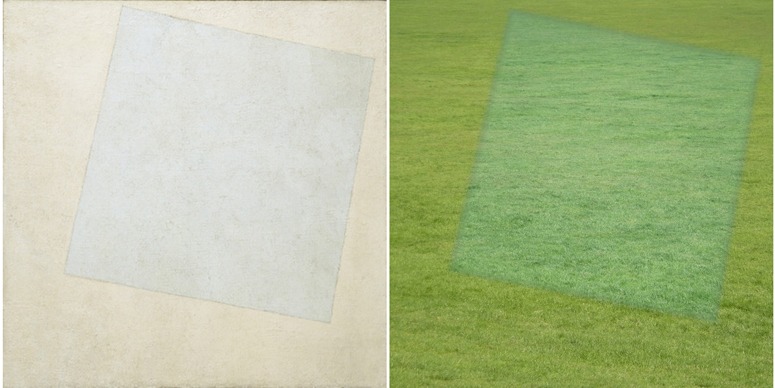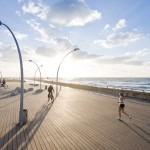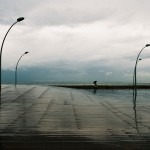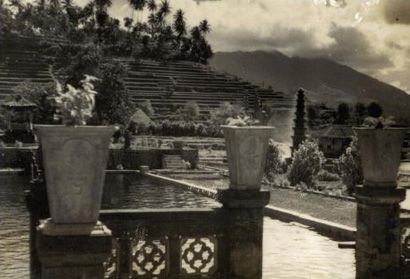The stained glass windows of Josef Albers (1920-33) demonstrate the remarkable advances that were made in glass art in the period between 1885 (with the Tiffany glass Company) and 1933 (with students from the Bauhaus), and the increasing links between emerging art movements and gardens (hinted at by Filoli ).
Art Nouveau began a remarkable period in the history of art, when designers inspired by nature and natural forms, began a creative transformation which would lead to the pure abstraction of Modernism, perhaps most typified in the work of Gustav Klimt.
Louis Comfort Tiffany, was the third generation of successful American entrepreneurs. His father founded the jewelry company, Tiffany & Co, while his grandfather had been a leading cloth manufacturer.
Mirroring the emerging emancipation of women which typifies the age, the daffodil lamp, designed by one the ‘Tiffany Girls’ Clara Discoll, is considered among the most famous of the studio’s designs.







